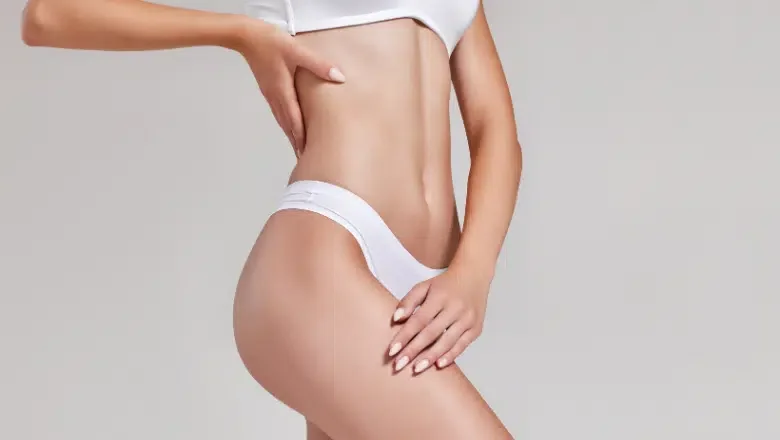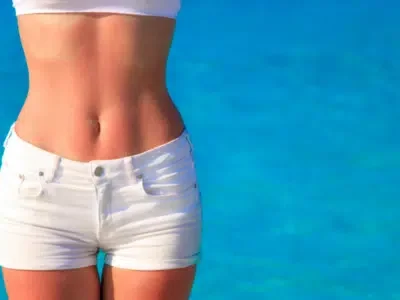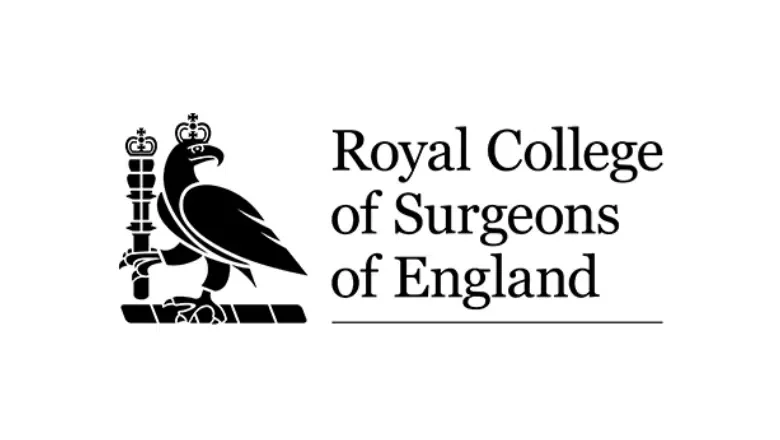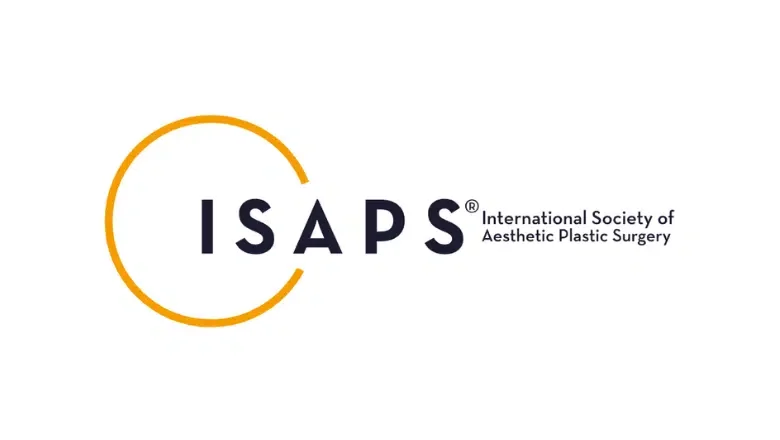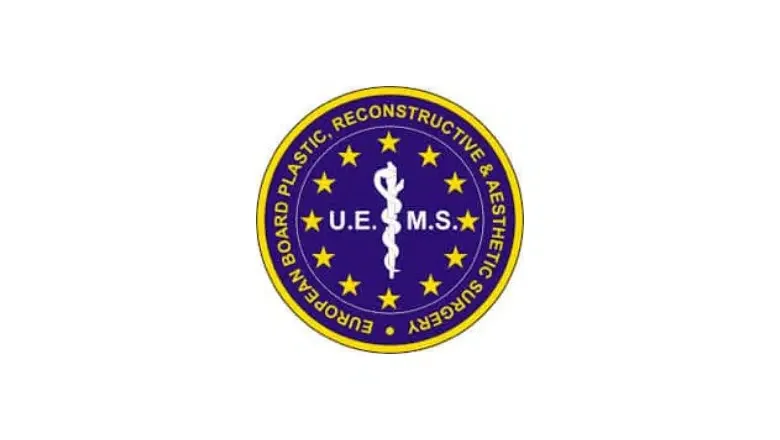If you are looking to enhance the size or shape of specific areas of your body using your own natural tissue, fat transfer surgery might be the perfect solution. This innovative cosmetic procedure allows for the redistribution of fat from one part of your body to another, creating a more contoured, toned, and natural appearance.
What is Fat Transfer Surgery?
Fat transfer surgery, also known as fat grafting, is a dual-benefit procedure. It begins with the removal of excess fat from one area of the body using advanced liposuction techniques. The extracted fat is then purified and injected into the desired area to enhance its volume and contour. Popular donor areas for fat harvesting include the abdomen, thighs, and hips. Once processed, the purified fat is carefully injected into areas such as the breasts, buttocks, calves, or face, providing a natural-looking enhancement.
At Centre for Surgery, we utilise a modern approach known as PAL (Power-Assisted Liposuction). This state-of-the-art technique is safer and more precise than traditional liposuction methods. By using smaller cannulas and avoiding heat-based extraction, PAL minimises the risk of tissue damage, reduces swelling and bruising, and ensures a smoother recovery.
The Step-by-Step Process of Fat Transfer
The procedure begins with the preparation of the donor site. A specialised solution is injected into the area to soften the fat and make it easier to extract. This preparation also minimises bleeding and reduces trauma to surrounding tissues. Once the fat has been sufficiently prepared, a small incision is made, and the fat is gently removed using the PAL system. The precision of this method reduces the likelihood of uneven results, ensuring a smoother, more consistent outcome.
Once the fat is extracted, it undergoes a thorough purification process to remove any impurities, leaving behind high-quality fat cells. These purified fat cells are then carefully injected into the target area in multiple layers to create a natural and harmonious enhancement. The amount of fat harvested and transferred will vary based on your body type and the desired outcome.
The procedure is performed under TIVA (Total Intravenous Anaesthesia) for your comfort and safety. Unlike traditional general anaesthesia, TIVA offers a quicker recovery, minimal grogginess, and a reduced risk of side effects. Patients breathe on their own throughout the procedure, eliminating the need for a breathing tube, which also reduces the risk of throat or dental injuries.
RELATED: Anaesthesia for Cosmetic Surgery
Areas That Can Be Enhanced with Fat Transfer
Fat transfer is an incredibly versatile procedure, allowing for enhancements in various parts of the body. Some of the most common areas include:
- Breasts: Achieve a fuller, natural look without the use of implants.
- Buttocks: Enhance the shape and size with a Brazilian Butt Lift.
- Face: Add volume to the cheeks, lips, chin, and under-eye area to restore a youthful appearance.
- Calves: Improve the contour and symmetry of your lower legs.
Fat Transfer vs Implants: Which Is Right for You?
When deciding between a fat transfer and implants, several factors must be considered. Fat transfer offers a natural approach by using your body’s own fat, avoiding the need for synthetic implants. This makes it an excellent option for those who wish to avoid foreign materials in their body. Additionally, fat transfers provide a more subtle enhancement and a natural feel.
However, there are limitations to fat transfer. The size of the enhancement is dependent on the amount of fat available for harvesting. Furthermore, not all the transferred fat will survive; the body naturally absorbs a portion of it over time, meaning the final results may be slightly smaller than the initial post-operative outcome. Implants, on the other hand, offer predictable and larger volume increases, making them a better choice for those seeking dramatic results.
While fat transfers involve liposuction and careful fat reinjection, implants require surgical incisions and the placement of pre-shaped prosthetics. Both procedures have their own recovery timelines and risks, which your surgeon will discuss in detail during your consultation.
RELATED: Is Fat Transfer Surgery Painful?
Recovery After Fat Transfer Surgery
The recovery period after a fat transfer procedure varies based on the treated areas and the volume of fat transferred. Swelling, bruising, and tenderness are common in both the donor and recipient sites, but these symptoms typically subside within one to two weeks. Wearing a compression garment is essential during the initial recovery phase as it helps reduce swelling, supports the healing process, and improves the overall contour.
RELATED: Recovery After Fat Transfer: Top Tips for Quicker Healing
For the first few weeks, you must avoid sitting, sleeping, or applying pressure to the treated areas. For instance, if you’ve had fat transferred to your buttocks, sleeping on your front and avoiding sitting directly on your buttocks is essential. Similarly, those who have undergone a breast fat transfer should sleep on their back. Strenuous physical activities should be avoided for four to six weeks to allow the body to heal optimally.
RELATED: When Can You Sit After a BBL?
Why Choose Centre for Surgery?
At Centre for Surgery, we pride ourselves on delivering exceptional results through cutting-edge techniques and personalised care. Our team of highly skilled surgeons has extensive experience in fat transfer procedures and uses the latest advancements to ensure patient safety and satisfaction. From your initial consultation to post-operative care, we are committed to providing a seamless and stress-free experience.
Is Fat Transfer Right for You?
Fat transfer is an excellent option for individuals looking to enhance their body’s natural contours with minimal invasiveness. However, it’s essential to have realistic expectations and a thorough understanding of the procedure. A detailed consultation with a qualified surgeon at our Baker Street centre will help determine if fat transfer aligns with your goals and whether you are a suitable candidate.
Get in Touch Today
Whether you’re considering a fat transfer or exploring other body contouring options, Centre for Surgery offers a comprehensive range of procedures tailored to your unique needs. Contact us today on 0207 993 4849 to schedule a consultation and take the first step towards achieving your aesthetic goals.
